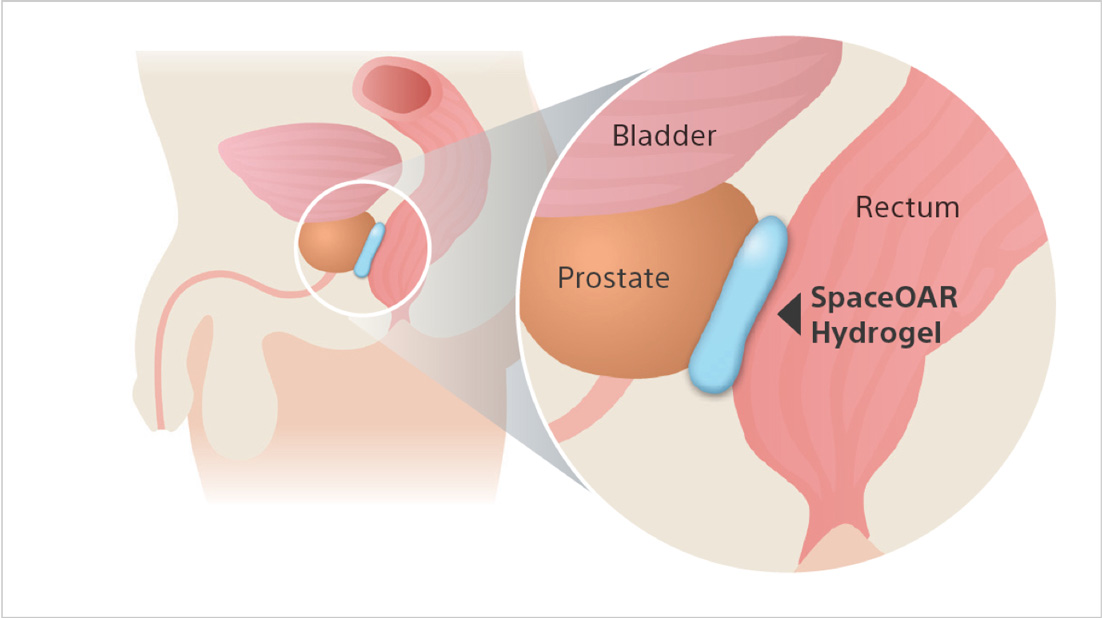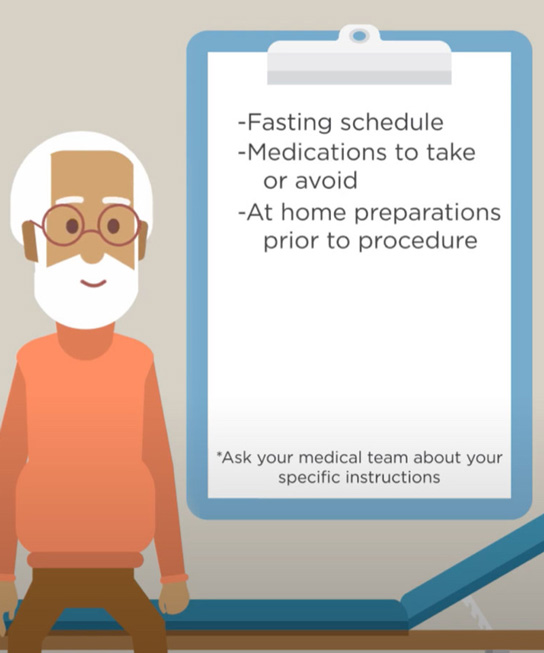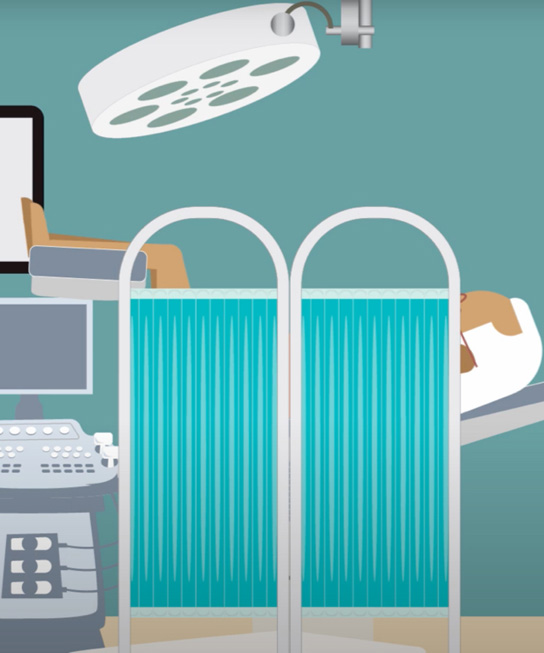Understanding your treatment
If you’ve recently been diagnosed with prostate cancer, you may be weighing your treatment options, including active surveillance, surgery, and radiation. Radiation therapy can be extremely effective in treating prostate cancer, but as with any procedure, there are potential side effects. The prostate is next to the rectum. Due to the proximity, prostate radiation therapy can unintentionally cause damage to the rectum, which can lead to issues with bowel function.

Make space for life as usual
SpaceOAR™ Hydrogel, an absorbable PEG-based hydrogel that temporarily creates space between the prostate and rectum, is designed to reduce the radiation dose delivered to the rectum during prostate cancer radiation therapy.
What to expect from SpaceOAR Hydrogel
If you’re considering having SpaceOAR implanted before your radiation treatment for your prostate cancer, find out what to expect before, during, and after your procedure:



A little space can make a big difference
SpaceOAR Hydrogel can be used along with many types of prostate cancer radiation therapies, and it may help to minimize the side effects associated with treatment. Over 325,000 SpaceOAR and SpaceOAR Vue products have been shipped to date, and this number is growing.1
Recovering from your procedure
After your SpaceOAR Hydrogel procedure, you can gradually return to normal life. Your doctor will help you decide what level of activity is best for you. Some general activities to avoid include:
- Strenuous activity
- Rough contact in the perineum, or near the SpaceOAR Hydrogel injection
- Lifting heavy objects until instructed by your doctor
Regular follow-up visit
It's important to follow all aftercare instructions from your medical team, including maintaining follow-up visits.